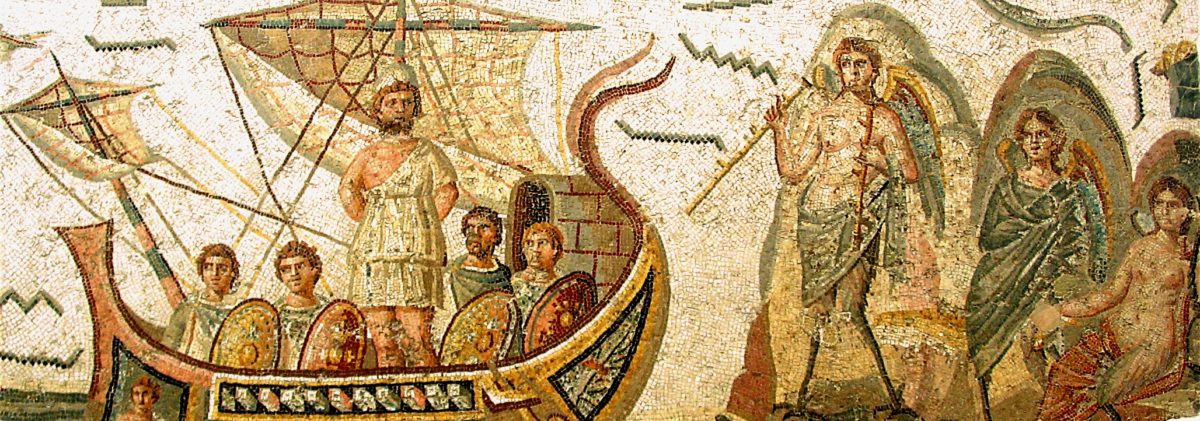As regular readers of this blog are already aware from this post I made back in early March, this summer, I am participating in the American School of Classical Studies at Athens (ASCSA)’s six-week Summer Session in Greece, which began yesterday (Monday, June 12th) and will continue until July 26th. This is not only my first time ever being in Greece, but also my first time ever visiting any country other than the United States, so it is a very new and exciting experience for me. I have been obsessed with Greece for over a decade now and have wanted to go there for just as long. Now, for the first time, I am finally here.
The program is intensive and, as a result, I will not have time to research and write my usual variety of long, heavily-researched blog posts while I am taking part in it. Instead of writing my usual research posts, I have decided to write short updates about what I have been doing and seeing in Greece, along with photos I have taken myself. Thus, for the next six weeks, this blog will temporarily become a travel blog. After I go back to the U.S. near the end of July, I will resume my usual posting.
Continue reading “My Exciting Adventure in Greece, Part 1 (June 13th, 2023)”








